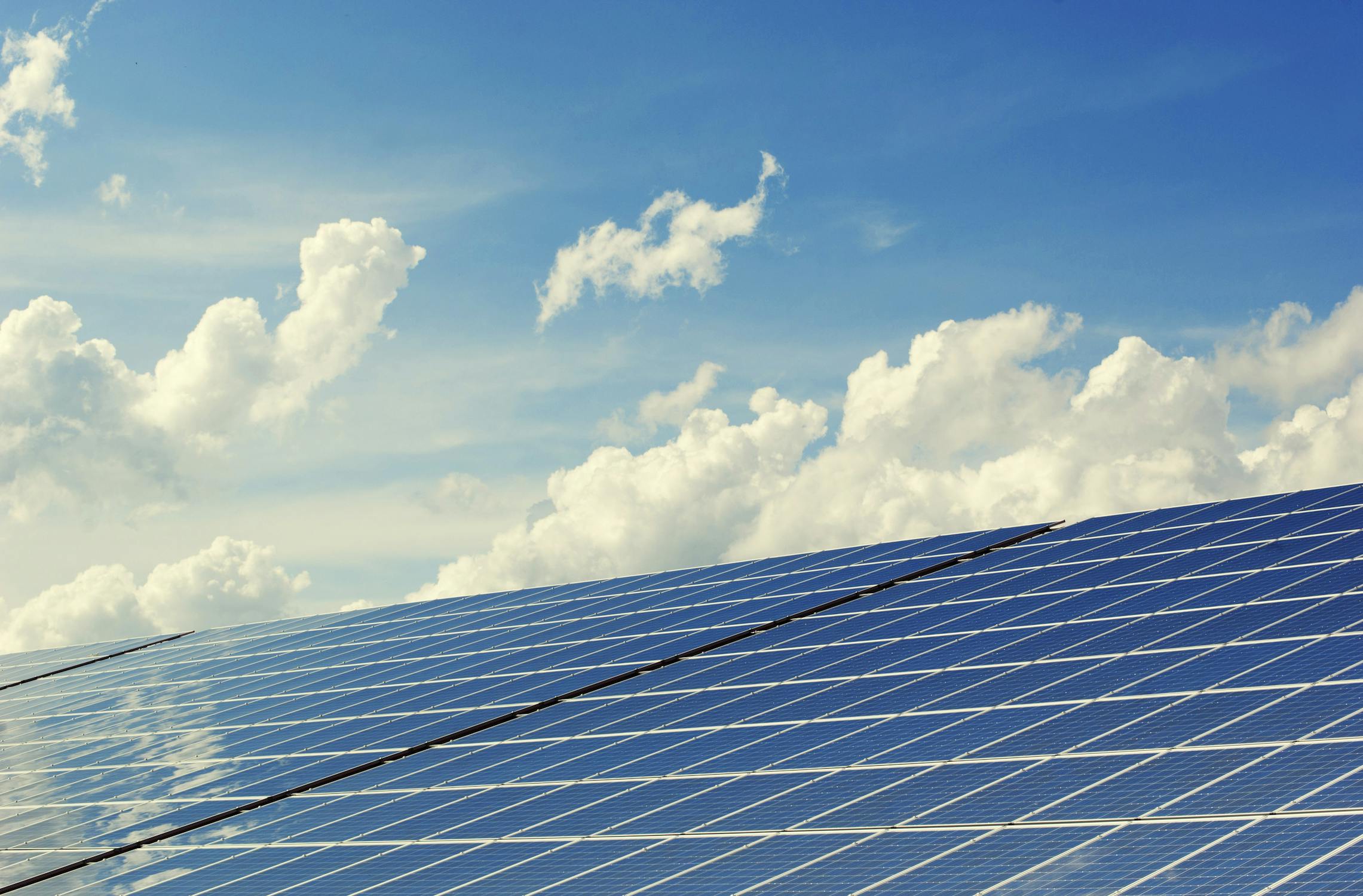India climbed to the third spot globally in electricity generation from wind and solar energy in 2024, overtaking Germany, according to a new report by global energy think tank Ember. The sixth edition of Ember’s Global Electricity Review, released on April 2, 2025, reveals that wind and solar together supplied 10% of India’s total electricity last year, contributing to a global share of 15%.
The annual report assesses electricity generation data from 88 countries representing 93% of global demand, and includes historical data across 215 countries.
A Global Shift: Renewables Hit Record Highs
Low-carbon energy sources—including renewables and nuclear—accounted for a record 40.9% of global electricity in 2024. This is the first time the 40% mark has been breached since the 1940s.
Renewables led this clean energy expansion, adding a record-breaking 858 terawatt-hours (TWh) of electricity last year—49% more than the previous record set in 2022. Solar power was the standout performer, adding 474 TWh, making it the largest source of new electricity for the third consecutive year and the fastest-growing power source for the 20th year in a row.
India’s Solar Power Soars
India witnessed a sharp surge in solar energy generation, which contributed 7% to the country’s electricity mix in 2024—double the contribution from 2021. The country added 24 gigawatts (GW) of solar capacity last year, more than twice its 2023 addition, making it the world’s third-largest solar market after China and the United States.
India also recorded the fourth-highest increase in solar electricity generation globally, adding 20 TWh. “Solar has become the driving force behind the global energy shift,” said Ember Managing Director Phil MacDonald. “When paired with battery storage, it becomes an unstoppable power source that’s critical for meeting the surging electricity needs worldwide.”
Hydropower Still a Key Contributor in India
Overall, clean sources contributed 22% of India’s electricity generation in 2024. Hydropower led with an 8% share, while wind and solar combined made up 10%. Despite progress, analysts warn that the growth in clean electricity must keep pace with the country’s rapidly rising energy demand.
Asia’s Clean Energy Transition Gains Speed
Aditya Lolla, Ember’s Asia Programme Director, emphasized Asia’s pivotal role in accelerating the clean energy transition. “Solar and renewables are seeing record-breaking growth across the region. Building a resilient clean energy market will be key not just for sustainability, but also for enhancing energy security and economic strength,” he noted.
Senior Energy Analyst Neshwin Rodrigues added, “India’s achievements in renewable adoption are significant. However, the key challenge lies in scaling clean generation fast enough to meet ever-increasing demand.”
Global Recognition and National Goals
India’s clean energy push has drawn international praise. UN climate chief Simon Stiell referred to India as a “solar superpower” and stated in February that embracing the global clean energy boom could accelerate the country’s economic ascent.
Under its Nationally Determined Contributions (NDCs) to the UNFCCC, India has pledged to generate 50% of its total electric power capacity from non-fossil sources by 2030. Additionally, the country has outlined a target of achieving 500 GW of non-fossil fuel capacity by the same year—a goal included in strategic documents like the 14th National Electricity Plan.
However, a separate report by Ember in February 2025 warned that India risks missing the 500 GW milestone unless annual renewable energy funding increases by at least 20% from current levels.
Conclusion: Bright Future, Rising Responsibility
India’s leap to the third-largest wind and solar power producer underscores its growing influence in the global clean energy landscape. But as electricity demand soars, the country must scale investments and infrastructure rapidly to maintain momentum and meet its ambitious climate targets.



